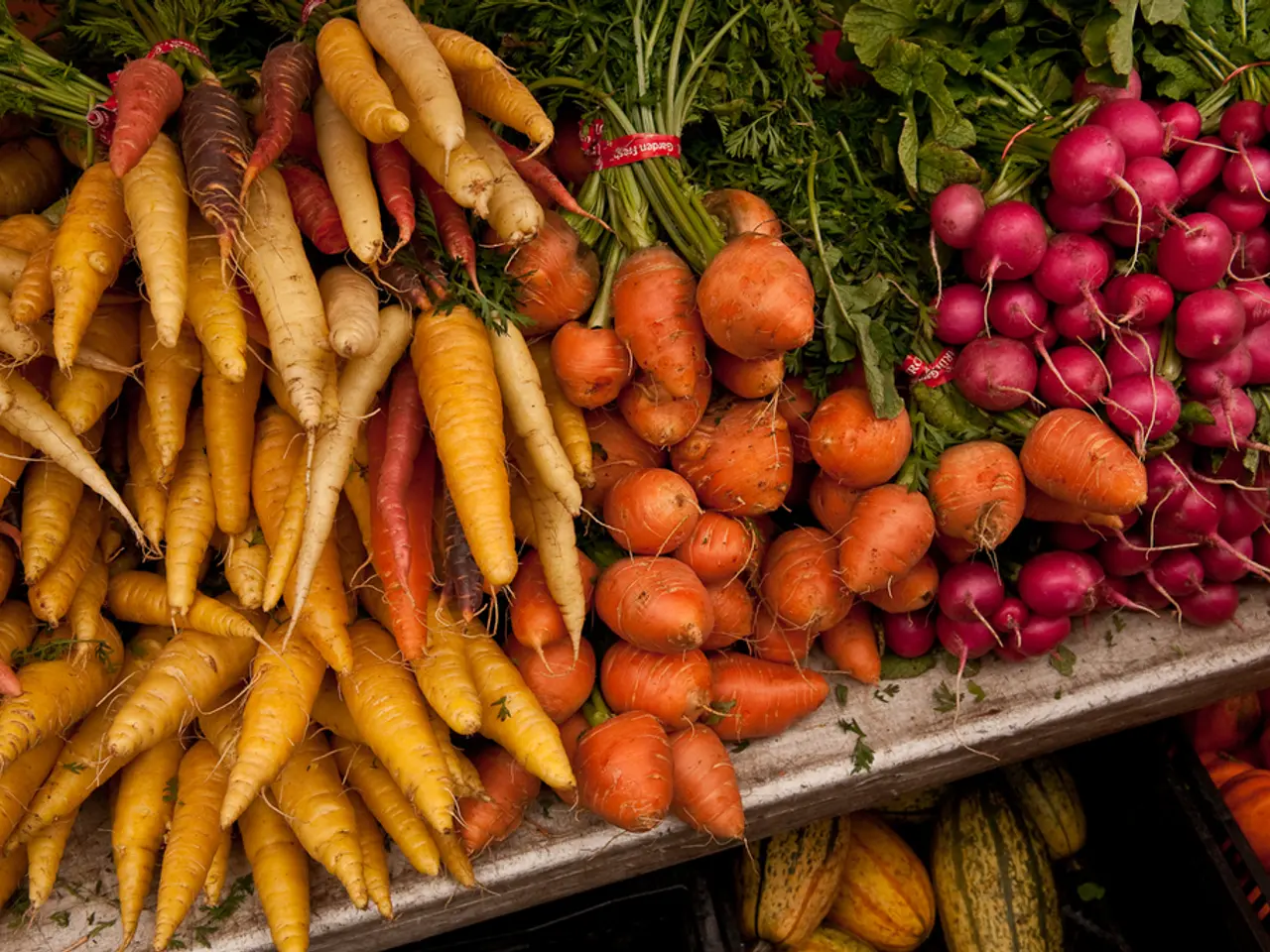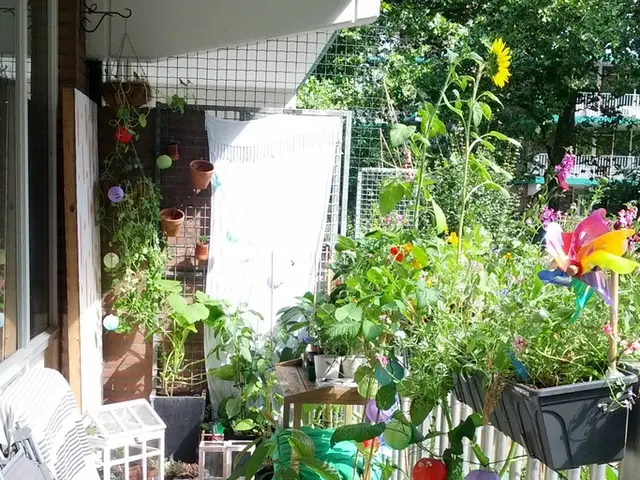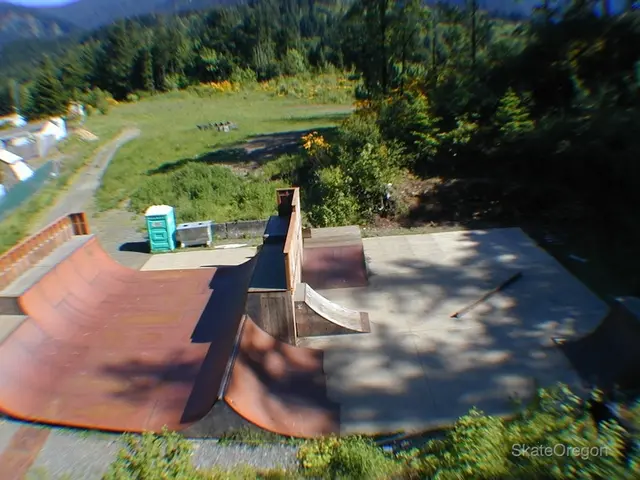Ideal Sowing Time for Turnip Greens in Alabama: Guide for Maximum Yield
Growing Turnip Greens in Alabama: A Guide for Success
Turnip greens, a nutrient-dense member of the cruciferous family, thrive in cool weather and can be a rewarding addition to any Alabama garden. Here's a guide to help you grow turnip greens successfully in the Heart of Dixie.
Choosing the Right Time and Soil
Turnips prefer soil temperatures around 50°F, making late summer to early fall (from late August through September) the ideal planting window for a fall harvest. The soil in Alabama should be well-drained and rich in organic matter for successful turnip growth. To ensure optimal growth, test your soil drainage by watering a small patch area. If water pools up, adjust the soil mix by adding more organic matter.
Planting and Caring for Turnip Greens
Sow seeds directly in well-prepared soil once daytime temperatures start cooling down but before the first frost. Keep the soil moist and provide full sun to partial shade. Monitor soil temperatures to be in the cool-season range near 50°F for best germination and growth.
Turnip greens have their peak availability in winter through spring, so planting in late summer or early fall gives them enough time to produce tender leaves before colder weather slows growth. This timing also avoids the hot Alabama summer, which can cause the greens to become bitter and tough.
Harvesting and Storing Turnip Greens
Harvest turnip greens when they reach a diameter of about 2 to 3 inches. For continuous harvest, seed turnips every two weeks. Turnips can be boiled, roasted, mashed, or eaten raw. They are particularly rich in vitamin C, potassium, and dietary fiber.
Turnips can be stored in a cool, dark place for up to 3 or 4 months. For long-term storage, they can be frozen after blanching.
Maintaining a Healthy Turnip Garden
Avoid harsh chemical pesticides as they can harm beneficial insects like bees. Instead, use insecticidal soaps to combat aphids, neem oil and row covers to deter flea beetles, and mulching around turnips to retain moisture and suppress weeds.
Rotating crops can help prevent soil-borne diseases. Proper spacing and avoiding over-watering can prevent diseases like root rot and mold.
Advice from a Gardening Expert
Glen, a gardening expert with over 15 years of experience in garden maintenance, design, and landscaping services, recommends planting turnips in Alabama during late summer or early fall for the best results. His latest posts include articles on Garden Fungicides, Candy Cane Peppers, and Watermelon.
In summary, for optimal growth and harvest of turnip greens in Alabama, plant seeds outdoors in late August to early September, monitoring soil temperatures to be in the cool-season range near 50°F. With the right care and timing, you can enjoy the benefits of these nutritious greens all winter long.
To make turnip greens a regular part of your home-and-garden lifestyle, consider planting them during the home-and-garden season in Alabama. Sow seeds in late August to early September to grow turnip greens successfully, ensuring plenty of vitamin C, potassium, and dietary fiber-rich leaves during the winter months.





